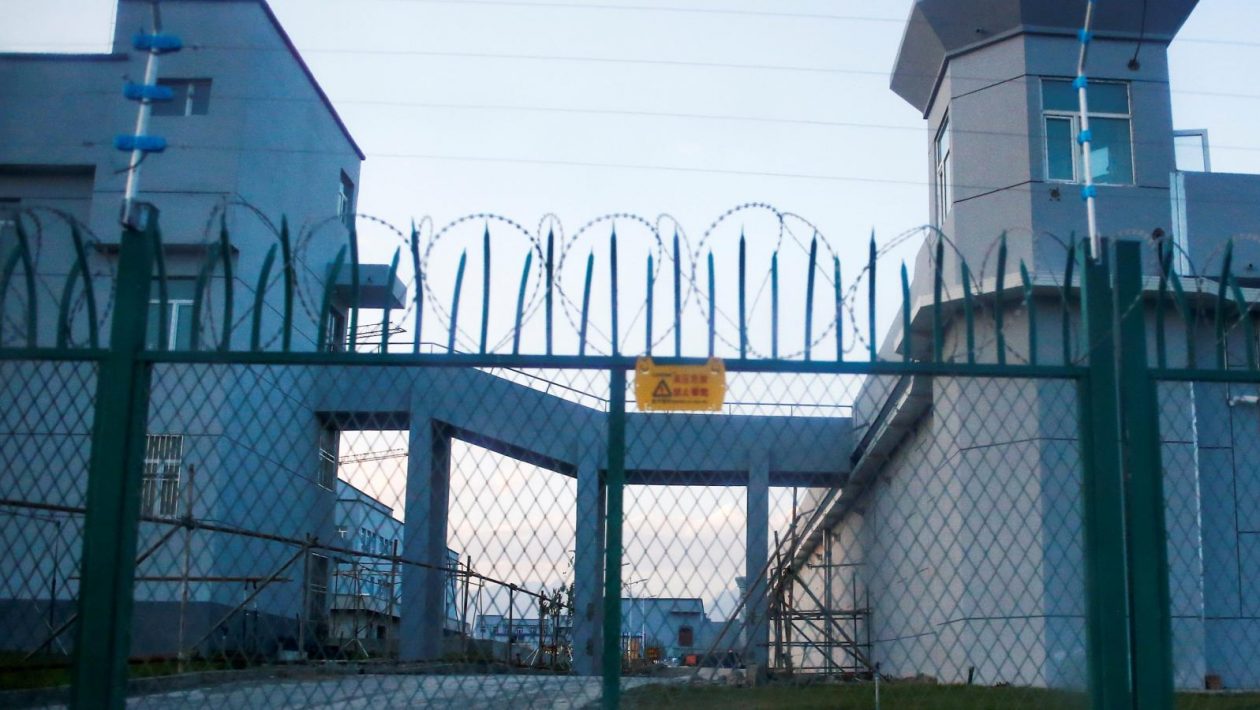https://qz.com/1732084/forced-uyghur-labor-in-chinas-xinjiang-could-be-making-us-sold-clothing/?fbclid=IwAR2BuDnRKFRxG_UccOv7UwcfSdvVtBMcdGO5o_huZUMyOqhdC_qhqKJ4QR0 By Marc BainOctober 22, 2019
Products made by the forced labor of Chinese Muslims detained in “reeducation” camps in its Xinjiang region could be making their way to the US and other countries.
The concern isn’t just hypothetical. On Oct. 1, US Customs and Border Protection (CBP) said it had halted garments produced by China’s Hetian Taida Apparel from entering the US over concerns they were made with prisoner or forced labor. The AP reported the shipments appear to have been baby pajamas bound for Costco. (Costco says it believes the pajamas were made in a different factory than the one from the CBP detention order.) The same company was shipping clothes to a big supplier of US college bookstores and sports teams from an internment camp in Xinjiang, according to AP investigation last year.
But the issue is bigger than one apparel firm and can be far harder to trace, because much of the forced labor in Xinjiang is involved in producing cotton rather than finished clothes. This cotton winds its way through a multi-step supply chain that can obscure its origins before potentially being exported to countries such as the US.
In a report last week, the Center for Strategic and International Studies (CSIS), a Washington, DC, think tank, laid out its concern that this exact scenario is occurring. Forced labor is well-documented in the sprawl of internment camps across Xinjiang in western China. The Communist Party calls them “education and training” centers. They hold up to an estimated 1 million detainees, most of them Uyghurs and other Muslim minority members the government says it is deterring from extremism and raising out of poverty by putting to work.
Xinjiang is also where most of China’s cotton is grown—between 74% and 84%, depending on the estimate. The Uyghur Human Rights Project, a US-based group that advocates for Uyghur rights in China, describes the region as a “cotton gulag” where prison labor is present in all steps of the cotton supply chain.
Cotton products don’t generally ship straight from Xinjiang to the US, though. Instead, the cotton can be turned into yarn and textiles in Xinjiang, other parts of China, or sometimes neighboring countries. US companies buy the yarn, fabrics, or even finished clothes made from the cotton. “Given that Xinjiang provides the vast majority of China’s cotton and industry experts estimate that the majority of that cotton is further transformed into finished and semi-finished products in China, any product from China containing cotton is arguably suspect,” CSIS states.
That’s a huge problem since China is one of the world’s largest cotton producers and its biggest garment exporter. Roughly one in three garments the US imports annually comes from China. Last month, risk-analysis firm Verisk Maplecroft warned that, as more reports emerge, “the likelihood of more companies being swept into controversy over the use of forced and child labour in Xinjiang increases.”
Labels including H&M, Adidas, Nike, and more have already had to respond to questions about their connections to Xinjiang’s cotton. Recently, Target Australia and retailer Cotton On declared they would cease buying cotton from the region. Others could soon follow.
Sign up for the Quartz Obsession email
Sign me upStay updated about Quartz products and events.china, us, fashion, edited by oliver staley, exports

